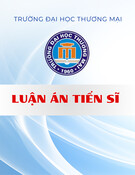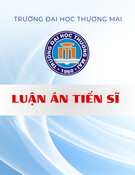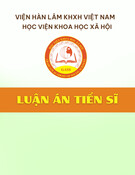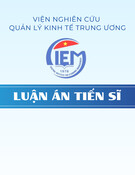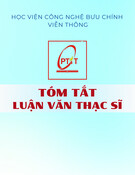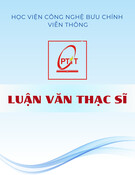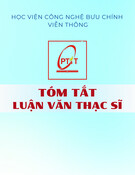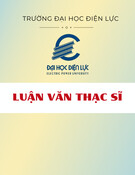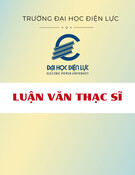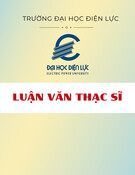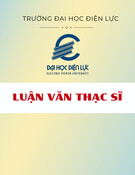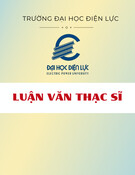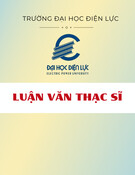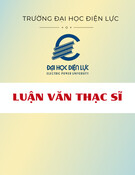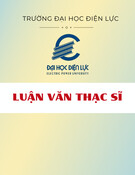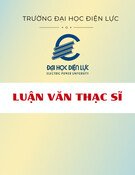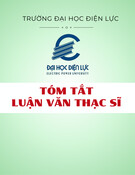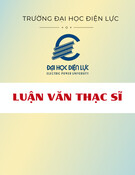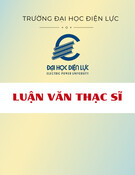
Success Factors in E-government
Policy Development and
Implementation:
The e-Revenue Project in Thailand
This thesis is submitted in fulfillment of
the requirements for the degree of
Doctor of Philosophy
Smithtana Chaijenkij
B. Electrical Engineer (Kasetsart), M.S. Telecom Systems (Depaul)
School of Business IT and Logistics
Business Porfolio
RMIT University
August 2010

i
Declaration
I certify that except where due acknowledgement has been made, the work is that of the
author alone; the work has not been submitted previously, in whole or in part, to qualify
for any other academic award; the content of the thesis is the result of work which has
been carried out since the official commencement date of the approved research
program; any editorial work, paid or unpaid, carried out by a third party is
acknowledged; and, ethics procedures and guidelines have been followed.
Smithtana Chaijenkij
August 2010

ii
Acknowledgements
I would like to express my gratitude and extreme appreciation to my supervisor,
Professor Brian Corbitt. Without his excellent guidance and expertise in research
supervision, I would not have reached this goal. Particularly, I express my extreme
thanks to Professor Brian who has encouraged me to think logically and write
constructively. Moreover, his excellent research skills have helped me being able to
continue working on my thesis through frustrating time until it is completion. He has
always given valuable research direction to solve complex issues in a legitimate way, in
particular the methodology part and data analysis. Hence, I am very appreciative of the
dedication and selfless contributions that he has given to me as a person and to research
in general.
To my colleagues, who have provided me with research guidance in various forms
throughout this long journey; I would not have come this far without their friendly
supports and kindly assistances. I also need to thank other friends both in Australia and
Thailand for their love and belief in my ability to encourage me a long the way.
To all the volunteer participants, whom I cannot name individually; this study would not
be possible without their information and participation. I appreciate all of their time in
the interviews and their effort for providing me with the information that I required.
Especially, all interviewees and other government officers from the Ministry of Finance
and the Revenue Department, who provided me their knowledge, expertise, and
information in relation to my thesis, I appreciate them all
To my parents, Mr. Takol and Mrs. Sunee, who allowed me to follow my dream and
provided me with this greatest opportunity to further my education, I appreciate their
financial support and time that they have all sacrificed for me. This research journey
could not be possible without their assistance and understanding. To my lovely aunty,
Tiew, my lovely sister, Pee Amm and my lovely brother, Korn, who always supported
me with speeches and phonecalls, I could not complete my Ph.D. without their love and
care.

iii
This thesis is completed in memory of my dearest father; Mr. Takol Chaijenkij
(22/07/1935 – 07/05/2009), who acknowledged me all the time with a good suggestion
and encouragement. I would like to dedicate this degree to my dearest father.
To all of my friends in Melbourne, Australia, such as Pee Tang, Pee Jeff, Pee Ning, Pee
So, Pee Jin, Leon, and David, who encouraged me everytimes I felt worried. Without
them, I could not keep continuing to do my thesis. I really appreciated your kind advice,
friendship and encouragement during my writing stage.
Finally I am indebted to my lovely partner, Mr.Yiam Sethabutra, not only for his
concern and moral encouragement to inspire me to work forward to achieve my goal of
this highest degree, but also for his ongoing support while walking beside me through
this research journey. More significantly, I would like to thank him for his belief, love
and immeasurable support in helping me to reach my destination.
Smithtana Chaijenkij
August 2010

iv
Table of Contents
Declaration i
Acknowledgements ii
Table of Contents iv
List of Figures vii
List of Tables viii
List of Abbreviations ix
Abstract xi
Supporting Publications xiv
Chapter 1 INTRODUCTION 1
1.1 Overview ............................................................................................................ 1
1.2 Research Background ......................................................................................... 3
1.3 Research Objectives and Significance ................................................................ 7
1.4 Research Questions .......................................................................................... 10
1.5 Research Methodology ..................................................................................... 10
1.6 Organisation of the Thesis ................................................................................ 12
Chapter 2 E-Government Literature - a Review and Research Framework 14
2.1 Introduction ...................................................................................................... 14
2.2 What is e-government? ..................................................................................... 14
2.3 E-government Implementation and Use ........................................................... 20
2.3.1 Government to Citizen (G2C) .................................................................. 21
2.3.2 Government to Business (G2B) ................................................................ 22
2.3.3 Government to Government (G2G) .......................................................... 24
2.3.4 Government to Employee (G2E) .............................................................. 25
2.4 Benefits of E-government ................................................................................. 26
2.5 Limitations of E-government ........................................................................... 30
2.6 Public Administration and the Management of E-government ........................ 32
2.7 Key Driving Factors for e-government adoption ............................................. 34
2.7.1 Organisational Factors .............................................................................. 35
2.7.2 Technological Factors............................................................................... 36
2.7.3 Environmental Factors .............................................................................. 38
2.7.4 Executive Factors ..................................................................................... 39
2.8 Research Framework ........................................................................................ 41
2.9 E-Government in Developed and Developing Nations .................................... 43
2.10 Factors influencing successful development and adoption of e-government
projects ......................................................................................................................... 45
2.11 Theoritical Background .................................................................................... 59
2.11.1 Institutional Theory .................................................................................. 59
2.11.2 Social Reproduction Theory ..................................................................... 62
2.11.3 Culture Theory .......................................................................................... 67
2.12 Research Conceptual Framework ..................................................................... 72
2.13 Conclusion ........................................................................................................ 74
Chapter 3 RESEARCH METHODOLOGY AND DESIGN 75
3.1 Introduction ...................................................................................................... 75
3.2 Validation of the Research Paradigm ............................................................... 76
3.3 Research Approach ........................................................................................... 79
3.3.1 Qualitative Research Approach ................................................................ 80
3.4 Research Purpose .............................................................................................. 82
3.5 Research Design ............................................................................................... 84
3.5.1 Case Study Design .................................................................................... 86


